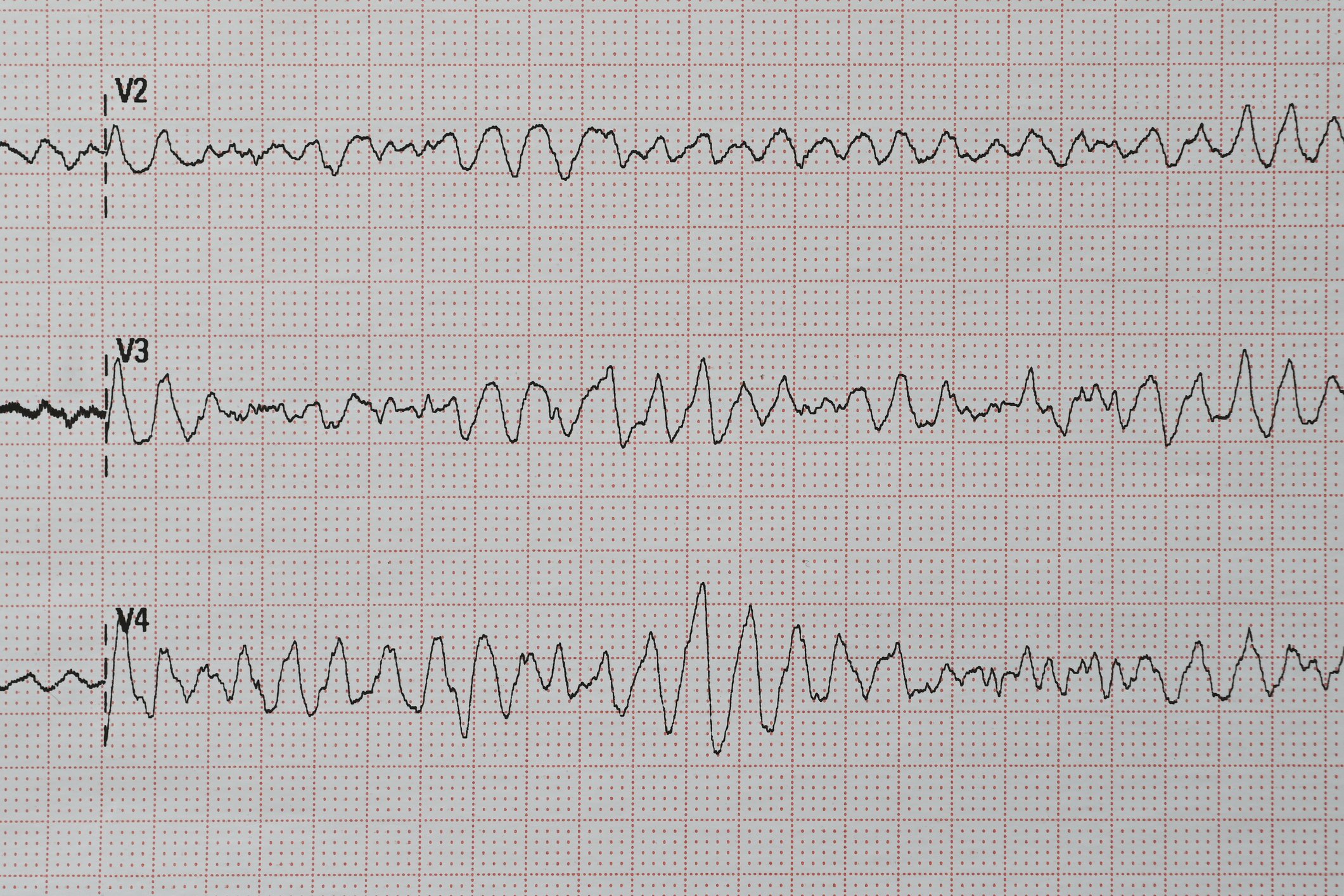Migraine is one of the most common neurological disorders, and for decades it has been debated whether migraine with aura (MwA) and migraine without aura (MwoA) are merely different manifestations of the same disease or whether they are two distinct entities. A recent narrative review in the Journal of Headache and Pain summarizes the available data on epidemiology, genetics, clinical characteristics, neuroimaging and treatment response. The result: there is increasing evidence that the two subtypes differ not only in terms of symptoms, but also in their biological basis. For neurologists, this raises the question of whether understanding these differences should also have diagnostic and therapeutic consequences in the future.
You May Also Like
- CKD: counteracting kidney progression and reducing the risk of CVD
Targeted intervention through a multifactorial approach
- COPD therapy
Drug therapy – Update 2025
- Atrial fibrillation: interdisciplinary effort is crucial
Managing risk factors and comorbidities in addition to rhythm control
- Casuistry
Hernia turns out to be a 25 cm long Meckel’s diverticulum
- Side effects under opioid therapy
Is it possible to avoid the inevitable?
- Diagnostics of respiratory viral infections
What is tested when and on whom?
- From symptom to diagnosis
Dyspnea – pulmonary hamartomas
- Phobia











